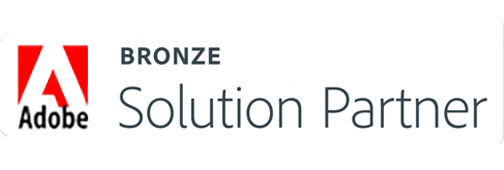Deploying Network Functionality that Drives considerable business results
Network administrators expect more outcomes from their networks than data transport alone. Ingold Solutions, an outstanding network service provider excels at data transport. We simplify hardware, keeping down cost, power, and complexity.
Although it is quite clear where to place basic switching, it is quite unclear where to place richer functionality. There are three approaches that are commonly used to add functionality to networks, with varied degrees of success:
Embed in end-hosts
Sometimes personal firewalls, support for encryption, anti-spam filters, and tunneling are provided by the OS or applications. This works great for personalised and standalone services. However, it is hard to support and keep updated when it comes to large enterprises.
Deploy middleboxes
These are more like “bumps-in-the-wire” that process all packets passing through them. Each new dedicated box provides new feature. Middleboxes have the advantage of being added only where required. It is you who must decide where to place them. They need to be typically added at a choke point in the path of all packets.
Add to switches and routers
Network equipment vendors add new features to switches and routers quite frequently. It is common for switches and routers to be based on tens of millions of lines of source code to support thousands of embedded features and protocols. Adding advanced features to switches directly can reduce the total number of boxes. Making all boxes feature-rich will add to the overall cost, fragility of the network, and power consumption.
Outsourcing Requirements
To outsource network functionality successfully, we need the following to hold true:
Policy must always be expressed via service names, rather than locations
Network administrators may not have complete control over where a specific service resides outside of their network. When a service is moved, policy absent of location information does not need any updating. By allowing the service to scale, it enables the service provider to choose from among multiple copies of a service.
Service needs to be established via a well-defined open API
The network administrator should be able to identify the service being requested and the service provider with clarity. Additionally, the network administrator must be able to clearly identify the set of traffic that requires special processing. This in turn is be used for automatic configuration of the network. If redirection is to be applied remotely, in that case local administrator needs a way to characterise and communicate how traffic is to be redirected on his behalf.
Functionality should be abstracted as a service
Net- operators must focus on what functions they want rather than how they are implemented. A service details a contract to process data in a given way. Multiple implementations that adhere to the same contract provide the same service.
Contact Ingold Solutions, a leading Network service provider to get Network Device Deploy & Configure services at cost-effective rates.
Contact us












